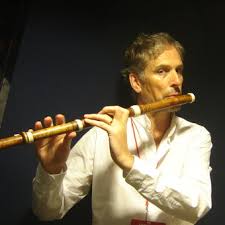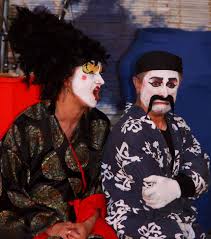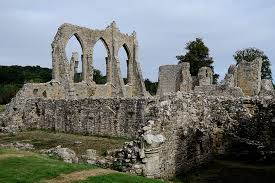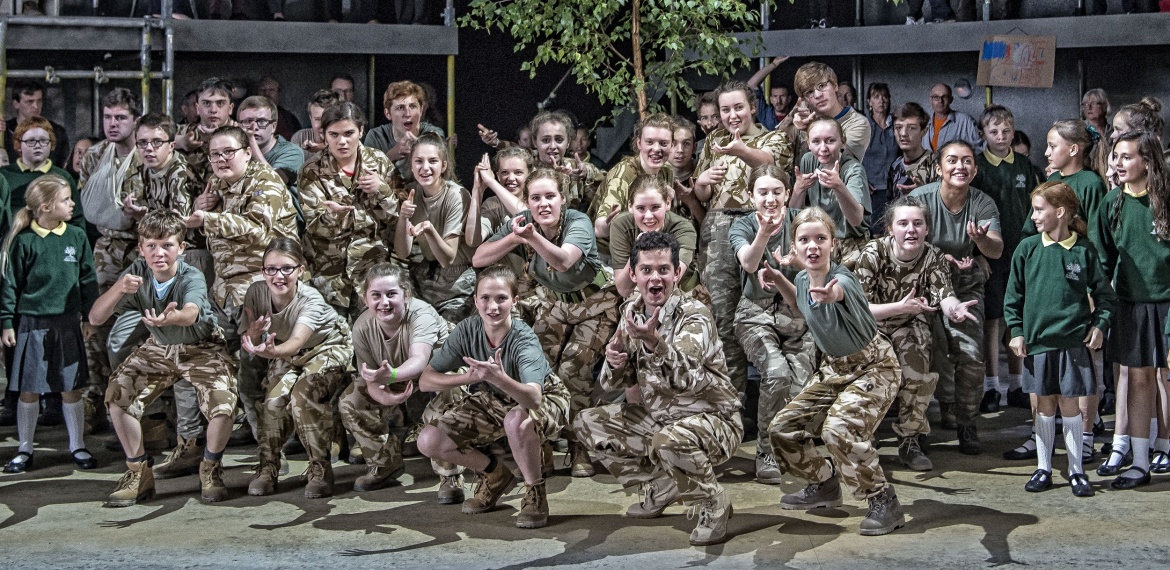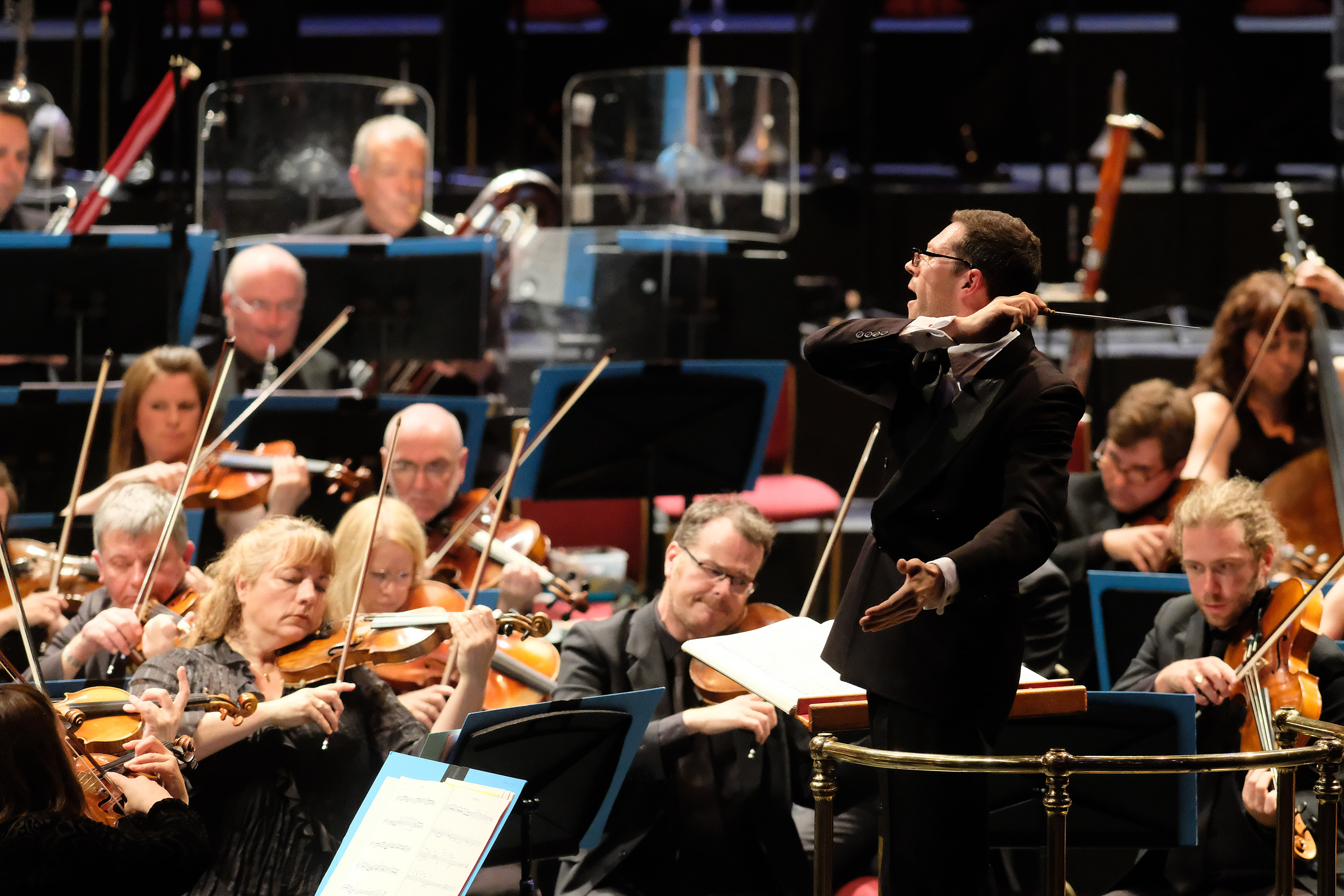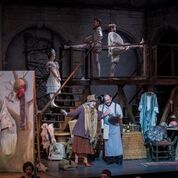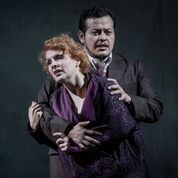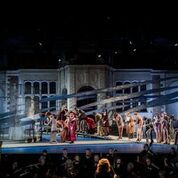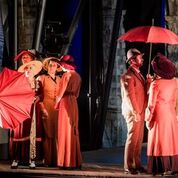St Nicolas Pevensey Saturday 12 August 2017
The Bats may not have been in the belfry but their protected status has meant that the planned restoration work at St Nicolas, Pevensey, has had to be delayed. The accruing benefit has resulted in the church being available for a summer concert from regular visitor baroque flautist Neil McLaren and baroque violinist Jane Gordon.
Their concert opened with a sonata for both instruments by Telemann. With the sun still streaming through the clerestory windows the opening Dolce seemed a perfect reflection of the gentle warmth of a summer evening. The Largo flowed with simple grace before the rapid dance rhythms of the final Vivace with its hints of hurdy-gurdy from the violin.
JS Bach’s Suite in A minor for solo flute has been adapted by Neil McLaren himself to fit the four movements written specifically for flute into the more familiar structure of a suite for solo instruments. In this case he used the opening Prelude and closing Gigue from the second suite in D minor BWV1008 for cello to telling effect. The Prelude pierced through – at times almost uncomfortably aggressive – before relaxing more into the fluidity of the Allemande and Corrente. The Sarabande is a complete contrast, its sense of yearning and sadness always to the fore. The jollier Bourree Anglaise led to the more extrovert tones of the final Gigue but the intense intimacy of the work is never really lost. Telemann’s Canonic Sonata in D concluded the second half with its hints of pastoral rhythms and formal dances.
The second half opened with one of Bach’s greatest works, but one which is probably not as familiar as it should be. The D minor Partita for solo violin ends with the great Ciaccona which is not only a monumental climb for the performer but also a highly demanding call for the listener. The long opening set of variations twist and turn their way through the most frightening of forms before suddenly emerging into the uplands of the major key variations and a sense of paradise beyond the strife. But Bach does not leave us there. He brings us back to the reality of earth but this time reflected in the knowledge that we have glimpsed heaven even if we are not there yet. It is a masterpiece as great as anything else by Bach and was subtly and wonderfully crafted by Jane Gordon.
It was, of course, difficult to follow but CPE Bach’s brief Duo for flute and violin brought the evening to its official close with the slightly tongue-in-cheek dance movements returning a smile to all. As an encore they gave us a brief movement from Rameau’s Les Indes Galante. Let us hope that the bats don’t keep them away for too long.

